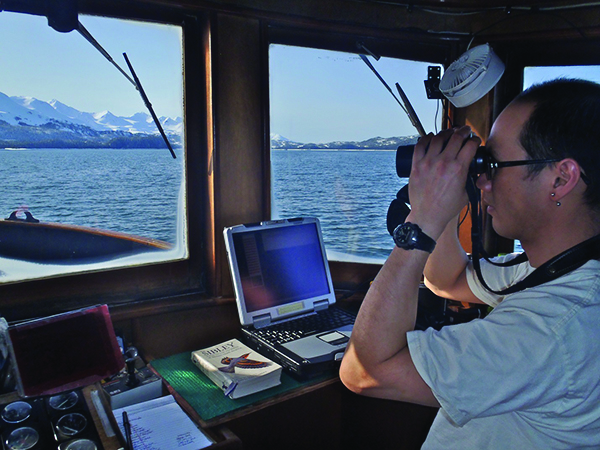Of the seabirds that overwinter in Prince William Sound (PWS), nine species were initially injured by the Exxon Valdez oil spill, including three species that have not yet recovered or recovery status is unknown (pigeon guillemot, marbled murrelet, Kittlitz’s murrelet). The majority of seabird monitoring in areas impacted by the spill has occurred during the breeding season when food is relatively abundant. However, the non-breeding season may be a critical period for seabird survival as food tends to be relatively scarce or inaccessible, the climate more extreme, light levels and day length reduced, and water temperatures cooler. Monitoring marine birds in PWS during winter is needed to understand how post-spill ecosystem recovery and changing physical and biological factors are affecting marine bird abundance and species composition, as well as their distribution and habitat use.
In an article published in March 2020, Gulf Watch Alaska researchers at the Prince William Sound Science Center discuss marine bird response to forage fish from wintertime monitoring in sub-bays. During the 5-year study, more fish schools were detected in early winter, and the marine bird community shifted from marbled murrelets (Brachyramphus marmoratus) and large gulls (Larus spp.) in early winter to common murres (Uria aalge) in late winter. This work indicates the importance of temporal, habitat, and fish school variables as drivers of marine bird presence and abundance, underscoring the complexity of predator–prey dynamics in the marine environment during winter .
The full article can be accessed here: Schaefer, AL, Bishop, MA, Thorne, R. Marine bird response to forage fish during winter in subarctic bays. Fish Oceanogr. 2020; 00: 1– 12. https://doi.org/10.1111/fog.12472



